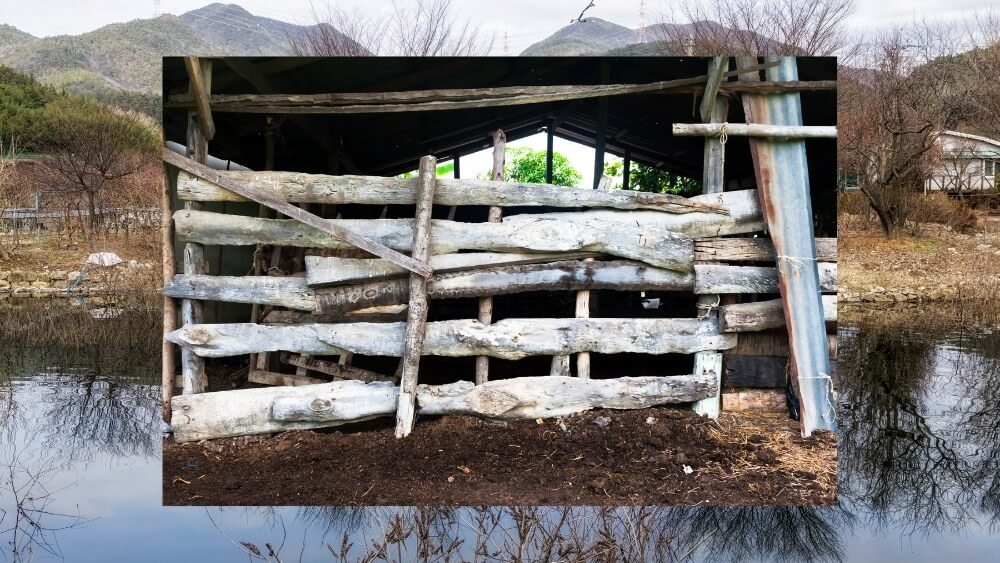Do animals have houses?

Animal homes are as diverse as the animals living in them. The surroundings in which an animal lives (known as its habitat) must provide food and shelter. Animals need to protect themselves from harsh natural conditions and also save themselves from their predators. Animals need shelter from these natural calamities and hence they need a safe place where they can rest. Nests and dens are examples of this type of home.
Many animals—from birds in trees to sea creatures—create burrows, dens, and nests in all kinds of places. These homes are normally built for them to stay protected, where they can lay eggs or give birth. To keep their families safe, some animals, such as beavers, build their homes in a very clever and unique style. Beavers use wood and mud to construct lodges whereas some toads dig burrows. These beaver dams are even strong enough for humans to walk across them! Isn’t that amazing?
Contents
Houses of some animals
Some animal shelters are conspicuous and easy to see, while others are hidden to protect them from predators. The structure of an animal’s home varies from animal to animal depending on its need and the environment it lives in, as well as its requirements for survival. Some homes are for just one animal or a mother and her babies whereas other homes are for a large group of animals to live together in communities.
Let’s discuss the homes of some animals:
Beavers
The beaver cuts down trees with its strong teeth and builds a dam across a stream using tree branches, mud, and weeds. Below the water, the beaver piles up rocks and gravel to make the dam very strong. The dam blocks enough water to make a pond where the beaver builds a winter home called a lodge. The lodge has a secret underwater entrance. The beaver’s family lives in the space above the water, where it is dry. The beaver adds a thick layer of mud to the lodge walls to keep out the cold.
Termite cities
Termites are tiny insects that live in large groups called colonies. Some kinds of termites build huge nests several yards high. At the center of the nest is the chamber where the termite queen lives. She lays thousands of eggs every day and these are taken to other parts of the nest to be cared for by blind “worker” termites.
Nest
Nests provide a safe and warm place for the birds to care for their eggs and young ones, hide from predators, and protect them from intense weather. Different birds make their nests using different materials and at different locations. Some gather sticks and grass only while others use mud, stones, or even their saliva.
Clearly, humans are not the only organisms that are capable of constructing shelters for safety and protection. It is fascinating to see the amount of foresight that goes into the shelter built by animals. Animals are constantly changing and evolving to protect themselves and their future generations from predators and any kind of danger that may befall them in nature.
Fun-Facts:
- Beavers are second only to humans in their ability to manipulate their environment – the largest dam in existence is located in Wood Buffalo National Park, Alberta, Canada. It stretches for 850m.
- Beavers use swimming goggles too! They possess a set of transparent eyelids which enable them to see underwater.
Objective Questions:
- Which of the following animals build dams as their homes?
(a) Beavers
(b) Ostrich
(c) Lion
(d) Giraffe - What is the length of the largest dam in existence created by beavers?
(a) 800 meters
(b) 900 meters
(c) 850 meters
(d) 500 meters - Why do animals need a home?
(a) To protect themselves against harsh weathers
(b) Take shelter and lay eggs
(c) To protect themselves against predators
(d) All of the above - Which of the following build nests?
(a) Beavers
(b) Lion
(c) Elephant
(d) Pigeon
Quiz:
- Different birds make their nests using different materials and at different locations. (T/F)
- The structure of an animal’s home varies depending on its needs and the environment it lives in. (T/F)
- Termites make colonies as their homes. (T/F)
- Nests and dens are examples of this type of home. (T/F)






Responses